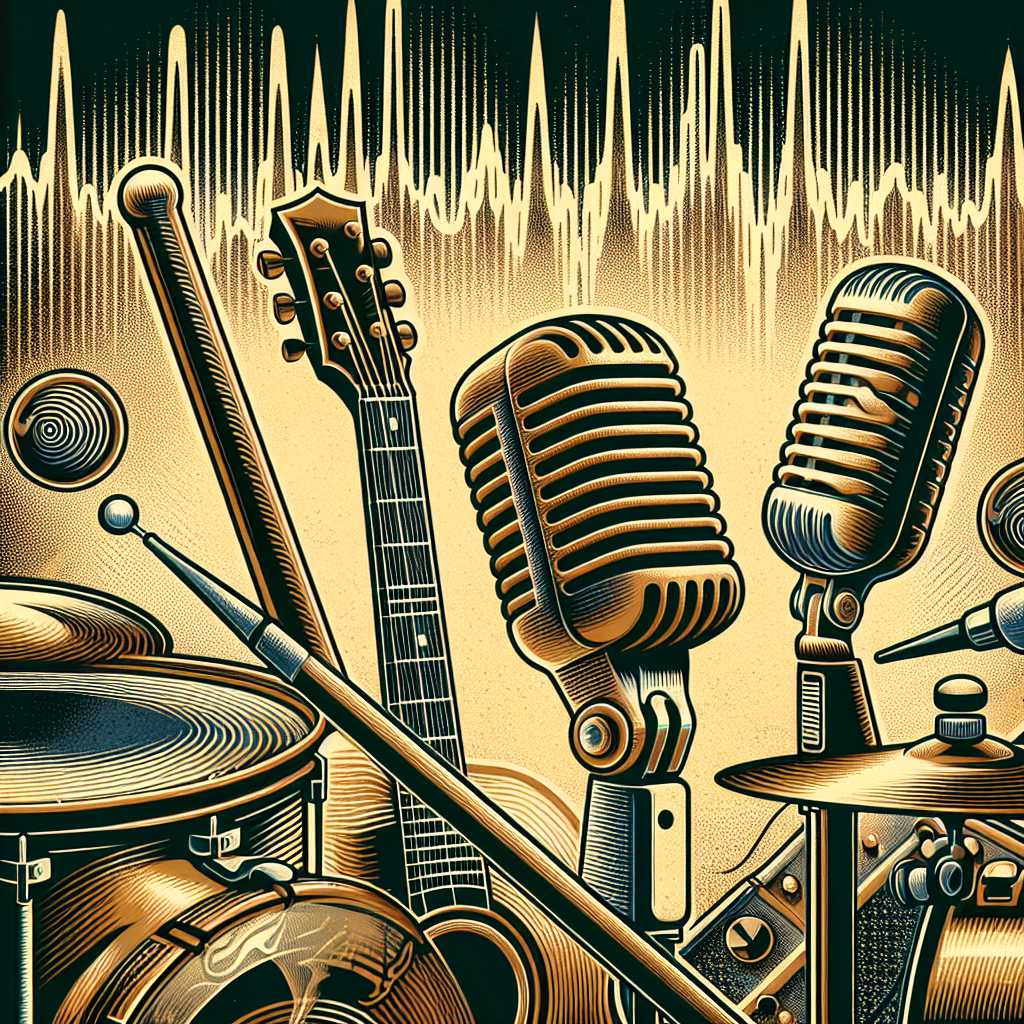Unleash the Legendary Rhythm: An In-Depth Analysis of Bo Diddley’s Timeless Classic
Introduction
When one considers the vast landscape of rock ‘n’ roll, few names are as reverently spoken as Bo Diddley. A titanic figure who not only pioneers but significantly shapes the genre, Bo Diddley’s self-titled track "Bo Diddley" stands as a pillar of timeless mastery. Released in 1955, "Bo Diddley" embodies intricate musicality and raw charisma, capturing the innovative spirit that defined the early days of rock ‘n’ roll. This article seeks to venture beyond the surface, delving into the themes, craft, and cultural importance of this single track, while situating it within the broader narrative of Bo Diddley’s impressive career.
The Artist and The Genre
Born Ellas McDaniel, Bo Diddley was a pioneer whose contributions were crucial in rock ‘n’ roll’s nascent stages. He single-handedly expanded the boundaries of the genre, blending R&B, blues, and Latin rhythms into something uniquely his own. His 1955 single "Bo Diddley" introduced the world to what would become known as the "Bo Diddley beat"—a syncopated rhythm featuring a distinctive driving pattern, typically communicated as a three-against-four rhythm or "shave and a haircut, two bits". This beat has been extensively imitated and adapted, becoming foundational to the rock genre.
Main Themes and Lyricism
The lyrical content of "Bo Diddley" is deceptively simple but carries a magnetic confidence and swagger. It’s a song of self-celebration, encapsulated in its repetitive chant-like chorus. Diddley name-checks himself, a bold move that would influence countless artists in years to come—from hip-hop stars to modern rock legends. This self-referential technique serves not just as a catchy hook but also as a declaration of presence and influence. In a music industry hesitant to recognize African-American artists’ contributions fully, this can be seen as a form of self-affirmation and empowerment.
The Musical Techniques and Structural Components
"Bo Diddley" revolutionizes not only through its rhythm but also its guitar techniques and overall arrangement. The riff’s primal simplicity, delivered through Diddley’s tremolo-laden guitar, becomes hypnotic, creating an almost trance-like effect. The song adheres to the 4/4 time signature but subverts traditional blues by eschewing a standard 12-bar structure. Instead, its form becomes freer, more repetitive, yet engaging, encapsulating an endless groove that invites listeners to get lost in the rhythm.
The percussion, an amalgamation of maracas and a heavily accented drumbeat, provides a textured backdrop against which the electric guitar can shine. Diddley’s vocal delivery is punctuated by interjections and rhythmic speaking that adds another layer of complexity. His raw, unfiltered vocal tone becomes yet another instrument, resonating with an authenticity that lets listeners feel the pulse of the very heartbeat of rock ‘n’ roll.
Cultural and Historical Context
Understanding the cultural matrix within which "Bo Diddley" emerged amplifies its significance. Released in a time where racial segregation was still a grim reality across the United States, Bo Diddley’s music broke through racial barriers. African-American artists were often marginalized within the music industry, their contributions diminished or outright stolen. Despite these challenges, Diddley’s music garnered significant attention, and his name became synonymous with innovation and talent. This, in turn, set a precedent for future African-American musicians striving for recognition in a largely segregated industry.
Bo Diddley’s performance style—replete with dynamic energy, commanding presence, and unique attire—challenged societal norms and presented an assertive image that contradicted the subservient stereotypes frequently imposed upon African-Americans. His persona was powerful, unyielding, and rebellious—a reflection of the burgeoning Civil Rights Movement that sought to upend systemic racial injustices.
Legacy and Lasting Influence
The legacy of "Bo Diddley" cannot be overstated. Its influence echoes across decades and genres. The "Bo Diddley beat" can be heard in songs from artists as varied as Buddy Holly’s "Not Fade Away," The Rolling Stones’ eponymous cover, and even George Michael’s "Faith." This rhythmic pattern is a building block, a foundation upon which countless musicians have constructed their soundscapes.
Moreover, Bo Diddley’s impact extends into the live performance sphere. The showmanship elements he introduced—guitar tricks, responsive audience engagement, and stage presence—have become quintessential elements of rock performance culture. Artists such as Jimi Hendrix, David Bowie, and the likes owe a considerable debt to the performance paradigms established by Diddley.
In a broader cultural sense, "Bo Diddley" epitomizes the relentless quest for self-identity and artistic expression. It resonates with the ethos of individualism and defiance against conformist narratives. The reverberations of his contributions can be felt in the cultural and social domains where music serves as a conduit for change and empowerment.
Reflective Questions and Takeaways
Reflecting on the enduring relevance of "Bo Diddley," several questions emerge inviting contemplation. How do contemporary artists echo the themes of self-affirmation and rebellion exemplified in "Bo Diddley"? In what ways can rhythm continue to serve as a revolutionary force in music today? How might current socio-political climates influence the resurgence of such primal, raw musical expressions?
Moreover, what does Bo Diddley’s lasting influence tell us about the cyclical nature of cultural moments and musical innovation? In reflecting upon these questions, one finds that "Bo Diddley" remains as relevant as ever—an energetic reminder of music’s power to transcend, transform, and unite.
Bo Diddley’s eponymous track is not just a tune; it is a historical artifact, a rhythmic blueprint, and a declaration of artistic valor. In examining its layers and meanings, we find not just a window into the past but a mirror reflecting the perpetual dynamism and insurgent spirit that drives music forward. Let us, as listeners and lovers of music, continue to unleash and celebrate such legendary rhythms, now and always.
Got more questions? Our personalized Music Explorer AI assistant is here to help. Click here to start a conversation!
[Advertisement]
Curious about the deeper messages in your favorite songs? Discover how ANY track relates to positive biblical principles with Music and Scripture GPT from BGodInspired.com. Click here to uncover insights you might not have noticed!
[Advertisement]

